Mountain View Guest House
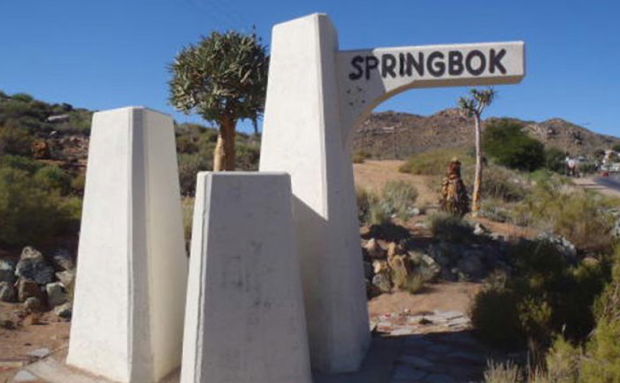
Set in a narrow valley bisecting the granite domes of the Klein Koperberge (small copper mountains), is the principal town of Namakwa, Springbok. Shortened from Springbokfontein in 1911, it owes its existence to copper-mining undertaken after 1850 and a ready supply of water. In the late 1870s, rich copper deposits at Okiep saw most Springbok residents following their dreams to drought-stricken claims. Many returned. The British fort built on the hillock in the center of town during the Anglo-Boer War was destroyed by dynamite planted by a commando led by General Jan Smuts.
Springbok is the city center or ‘big town’ of Namaqualand. It is in the North-West of the Northern Cape. Springbok is the town where everyone within a radius of 200km comes every month to get their supplies. The vastness of Namaqualand has made the city centrally located. Most of the merchants have settled here in supplying customers from all over Namaqualand. The population is 12000 people. You will find Springbok along the N7 towards Namibia. The town of Springbok is a perfect stopover for supplies when visiting or exploring Namaqualand.
Springbok offers excellent stopovers for travelers. Springbok has several shops along with the famous Mountain View Guest House. The town was founded in 1862 and was called Springbokfontein. The ‘fountain’ as part of the town name was later removed, and it became only Springbok. The town was built due to the copper mining in Okiep. The Climate in Namaqualand is a very sunny one. Namaqualand will count a minimum of 330 days of sunshine a year. Today the town relies on travelers and tourists passing through the city. There are still some mining activities in the area, but no copper mining anymore.
Springbok and Nearby Settlements Travel Distance
Garies ~ 110km
Steinkopf ~ 4okm
Hondeklipbaai ~ 105km
Nababeep ~ 46km
Port Nolloth ~ 140km
Okiep ~ 8km
Nearby Attractions
Blue Mine
Springbok’s first commercial mine, now home to a scenic walking trail. Hike to the top for sweeping views over town from the western outskirts. A perfect blend of history and nature.
Dutch Reformed Church (Klipkerk)
Built from local stone in 1921, this striking church is one of Springbok’s oldest landmarks. A peaceful stop with architectural charm in the town centre.
Goegap Nature Reserve
Home to 600 indigenous flowers, 45 mammals & 94 bird species. Don’t miss the Hester Malan Wild Flower Garden. Open daily 08:00–16:00. Tel 027 718 9906.
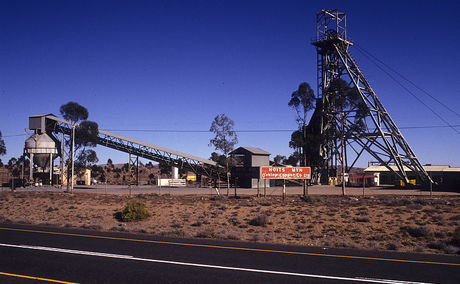
Mineshaft – Carolusberg
Dug in 1685 by Simon van der Stel’s men, this shaft east of Springbok marks the start of copper mining in Namaqualand. A historical site worth visiting.
Monument Koppie
In the heart of town, this rocky hill marks a key Anglo-Boer War site. Captured from the British, it now stands as a tribute to local history.
Namakwa 4x4 Route
Start at Pella Mission and follow 642km of breathtaking terrain to the coast. Choose from 2–9 day routes. Info: 027 712 8035/6.
Namaqualand Museum (1929)
Housed in Springbok’s former synagogue, this museum showcases the region’s mining and cultural past. Tel: 027 718 8100.
Smelting Furnace
North of Springbok lies this 1871 copper smelter—now a national monument. A silent relic of Namaqualand’s industrial roots.
War Graves
Graves of miners and soldiers dating back to 1860. Found along the Kleinzee road, this peaceful cemetery honors Namaqualand pioneers.



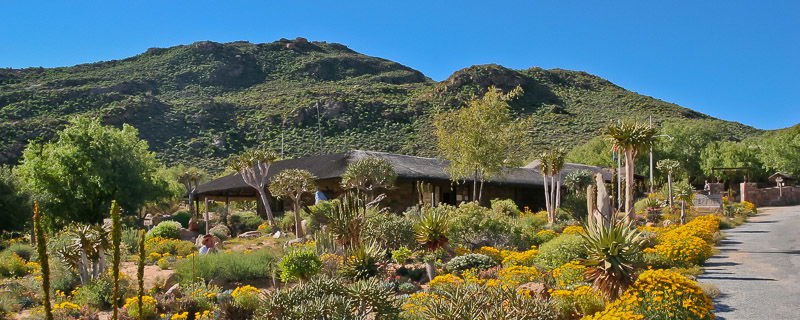
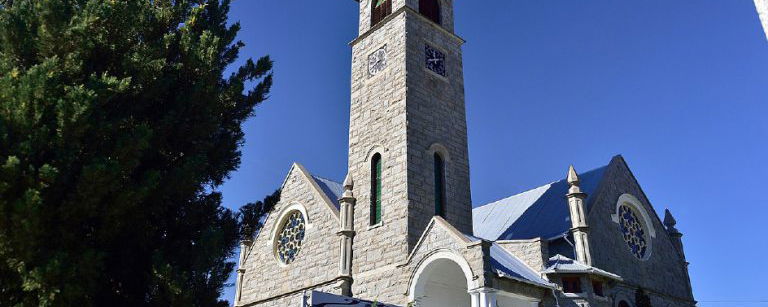
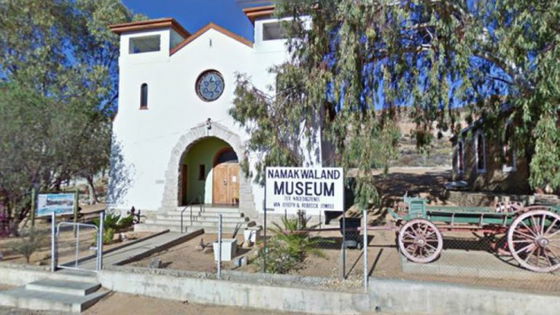
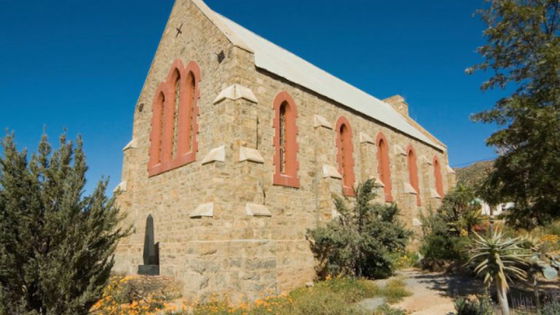
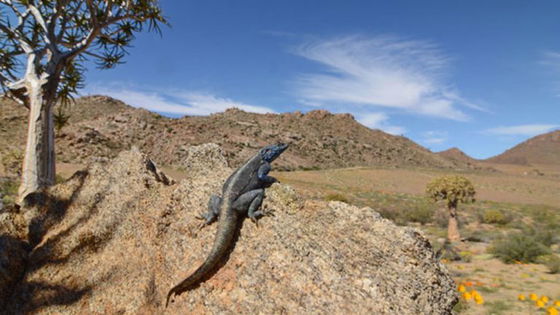
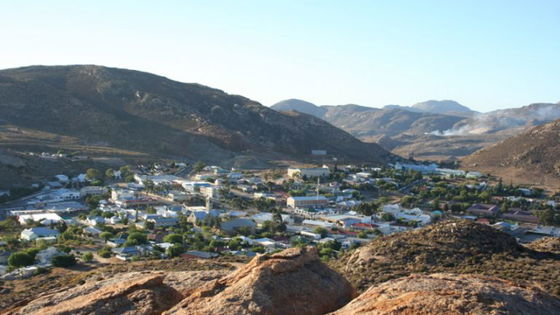
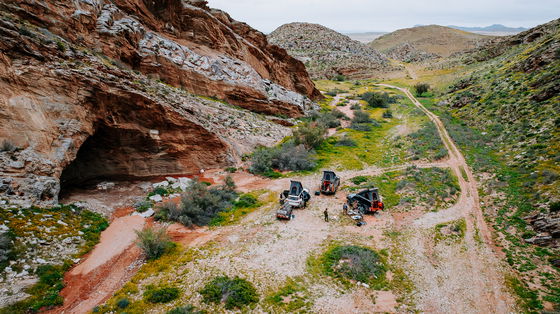
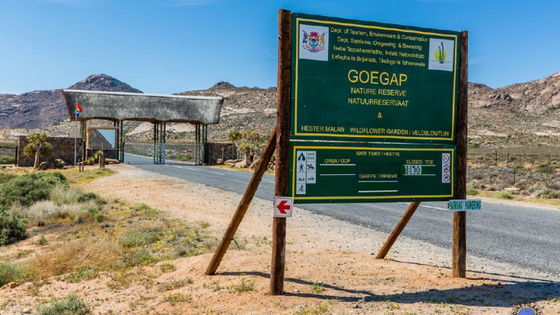
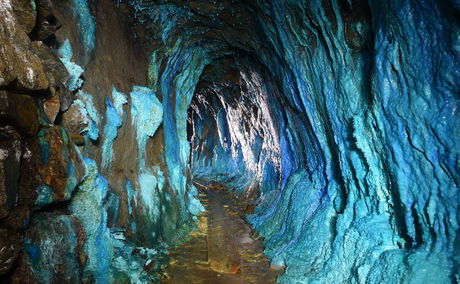
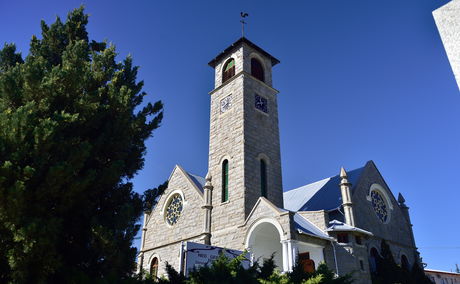
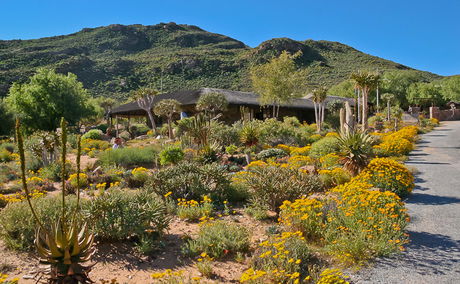

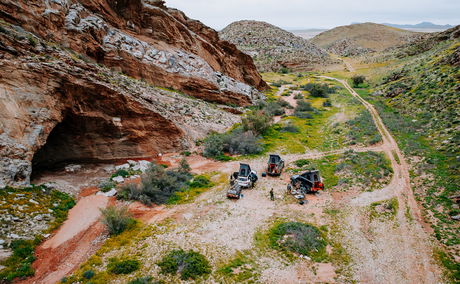

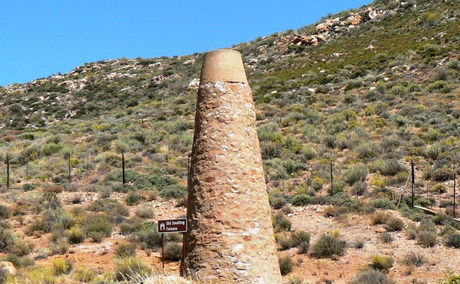
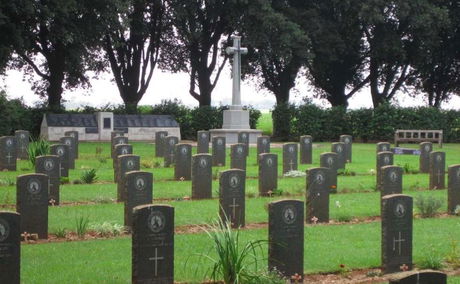
Share This Page